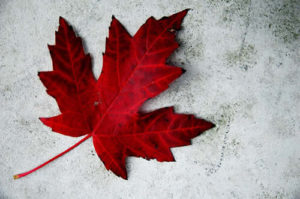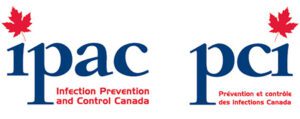If you’re going to kill mold do it the right way!
How do i kill mold myself?
Every house in the world has at least a little mold because the surrounding outside air contains what’s produced by nature on a regular basis. The question is, does mold really matter? And if it does, how best to get rid of mold once and for all?
Mold is a necessary part of any natural ecosystem. It’s the life form that breaks down organic matter for reuse later by other living organisms. Trouble is, mold breaking down something is not what you want inside your home – natural though it may be. There are three reasons why.
Besides the fact that mold looks ugly, it is a health hazard.
Structural decay is another reason mold has to go. Like I said before, mold indicates the first stages of natural decomposition, and while things need to get pretty moldy in a house before significant physical damage sets in, it’s always best to eliminate mold issues the first time you notice them.
The main thing to understand about mold is that it can’t grow without sufficient moisture. Any material will remain mold-free forever without moisture, and almost any surface in your home can grow mold if it’s kept wet enough for long enough. All this is why the first step toward mold control is moisture elimination.
Although mold can grow in many places, there are three locations you’re most likely to find it. In your home: frames on windows that get wet each winter from condensation; drywall and wooden wall frames that get wet periodically in basements and bathrooms; underneath basement carpets; and any area that stays wet because of flooding or leaks.
Exactly how you eliminate moisture varies with each circumstance. If your windows get more than a little wet during cold winter weather, open more windows or get a heat recovery ventilator to drive interior humidity levels down. If your bathroom grows mold on the ceiling, install an exhaust fan or get a more powerful fan than you have now. If your basement carpet smells musty and grows mold underneath from invisible moisture vapour moving up through the concrete, replace the infested carpet with something else installed on a moisture-proof subfloor. Got cardboard boxes on your basement floor? Get them up on shelves or eliminate the use of cardboard completely if possible. Cardboard is such an attractive food source for mold that it only takes a little bit of moisture to start things growing.
Mold control in situations like these are mostly simple, do-it-yourself things, but there are two situations where we come in.
When should you call us in?
If the mold area you’ve got is larger than 10 sq. feet, or if it’s been caused by a sewage leak, call us in.
Eliminating moisture and mold food sources is one thing, but sooner or later mold control eventually comes down to killing the stuff. Even if you do keep surfaces dry, who wants dormant, ugly mold remains just sitting there? Besides looking terrible, mold that’s not been properly killed is always ready to spring quickly back into action at the slightest bit of moisture. What most people don’t realise is that the usual way of killing mould is neither effective nor particularly safe.
Bleach and water solutions have been recommended for killing mold as long as anyone can remember, and though it’s extremely cheap there are two problems with it. Besides the fact that bleach is an irritant and toxic, it only works to kill mold reliably on hard, non-porous surfaces. That’s because of the way mold grows.
One of the hallmarks of all species of mold is the way it sends root-like structures into anything that’s even remotely porous. Surface tension prevents bleach from fully penetrating these porous surfaces, resulting in a superficial mold kill only. The roots survive and the material remains inoculated, ready to start growing mold again quickly in response as soon as threshold levels of moisture are reached again.
Killing mold deep down is something that few products can do, but the best I’ve seen in my field tests also happens to be Canadian. Concrobium Mold Control works amazingly well. It’s an odourless liquid that’s completely safe and works without toxins. Instead it kills mold and mold spores by physically crushing them as the liquid dries. Concrobium also provides residual anti-mold action, which is something that bleach doesn’t do.
Earlier this year I tried a product from Concrobium called Mold Stain Eraser. It’s a two-part powder that you mix with water. Let the mixture sit for 10 minutes, then brush, swab or spray it on any area that shows mold staining. Without any scrubbing, all stains disappear within 10 minutes. You can actually see the staining disappear as you watch.
Although Mold Stain Eraser isn’t sold for brightening wooden decks, it performs better than any other deck brightener I’ve tested. It changes dull, grey, weathered wood bright and new in about 15 minutes, all without scrubbing or sanding.
Like many things in life, controlling mold isn’t just a matter of applying some magic product to the problem. Although proper mold control supplies are part of the solution, solving the root cause helps eliminate the problem before it begins.
https://www.thestar.com/life/homes/diy/2013/04/19/kill_mould_the_right_way.html


Maple Leaf Mold Inc. is a certified mold / asbestos removal and biological disinfection / air analysis company located in Toronto that uses certified IICRC technicians for all testing and remediation projects.
We are a professionally licensed firm experienced in testing, verifying and removing Mold / Asbestos / Lead and other environmental contaminants as well as providing disinfection services to control and kill biological contaminants.
Call 416-254-7256 to talk with us about your issue anytime.






